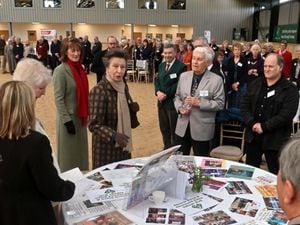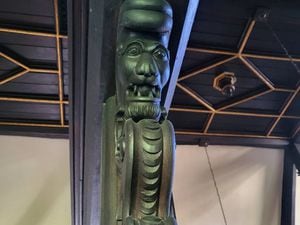When Time Team came to Shropshire
They came, they saw, and they did a bit of digging – and in the process shed new light on the history of one of Shropshire's ancient towns.
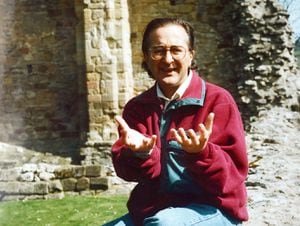
In April 1993 a 35-strong film crew descended on Much Wenlock to record a new Channel Four television programme which was fronted by Tony Robinson, better known as Blackadder's sidekick Baldrick.
Not that much was expected of the new hour-long show, called Time Team, which would take viewers into the world of archaeological discovery.
Yet as we now know, it was a surprise hit, and by the time the Much Wenlock programme was aired months later a new series had already been commissioned.
The pioneering programme had discovered a wealth of medieval remains buried under the town, according to local archaeologist Dr Mark Horton, who was joined in the excavations by another local archaeologist, Dr Paul Stamper.
And as the dig finished, Dr Horton revealed that a 13th century hall had been found hidden under one of the town's streets.
Exciting
"What we found was really most exciting and it was the first time we have been able to do a detailed archaeological excavation like this in the town, as opposed to in the priory," said Dr Horton at the time.
"It more than satisfied our expectations of really well-preserved archaeological remains buried beneath people's gardens in Much Wenlock."
The series of excavations in Sheinton Street uncovered the remains of that great aisled hall from the 13th century, and the original course of a river or stream from around the same date.
Hi-tech archaeological techniques were used, including a ground penetrating radar, and tree ringing to date the timbers of local houses, some of which were found to date from the 15th century.
An archaeological zoologist was on hand to look at food remains and a reconstructor drew up images of how life was in the town.
"As a local archaeologist, it will take months to sift over the findings from the frenetic 36 hours at the weekend, but it will give a whole new dimension to the understanding of Much Wenlock's past," he said.
The spark for the programme's visit was a letter from resident Gerry Bowden, who had said that that he had found signs of old foundations in his garden.
Robinson and the team descended and for three days worked trying to find the origins of the town.
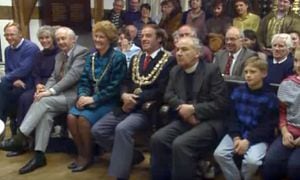
Afterwards Robinson joked in a throwaway line that they had found "a medieval toilet, a dead dog and a load of old cobbles" in Gerry's back garden in Sheinton Street.
The team made a public apology for that and in any event the dig had, of course, found much more.
Robinson and a scientific crew led by Mick Aston, reader in archaeology at Bristol University, had made a number of important discoveries. The aisled hall contained a post dated to around 1270, linking it to a visit to the town by Henry III.
The research proved some theories about Much Wenlock's growth, while disproving others.
According to Tim Taylor, the producer, there was a particularly startling revelation about the age of Wenlock Priory, which indicated that it was a much older building than was first thought.
The results of the programme, which was described as a cross between Treasure Hunt and the Antiques Roadshow, were expected to be broadcast the following December, although as things turned out it was first shown on Sunday, January 30, 1994.
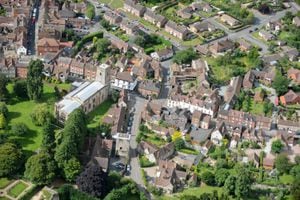
Robinson said: "When you go up in a helicopter and look down on Much Wenlock you can see the logic in the whole town scene and see how it must have been in medieval times. You can see how the town works – and you can never see that at ground level."
He was as surprised as anybody by the show's success.
“I certainly had thought that it would be watched by five people and a dog, all of whom happened to be interested in archaeology, and then it would disappear from view," he was to recall.
“I did it because I was interested in the project rather than as a career move.
“But then the damn thing took on a life of its own and halfway through the second series we realised we had a smash hit on our hands."


